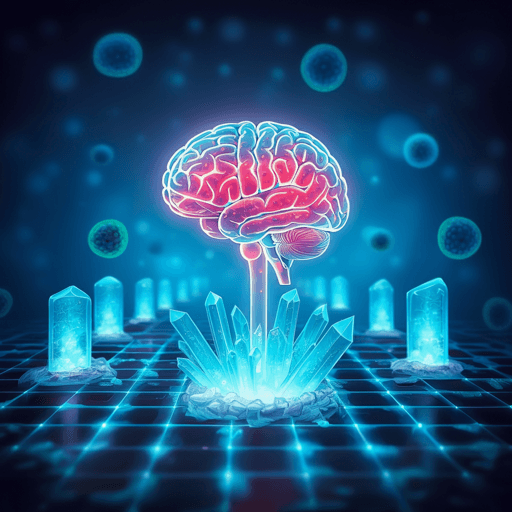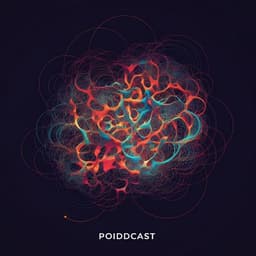
Medicine and Health
Reliability of high-quantity human brain organoids for modeling microcephaly, glioma invasion and drug screening
A. Ramani, G. Pasquini, et al.
Hi-Q brain organoids reproducibly generate thousands of uniform, functional human brain models from multiple hiPSC lines, overcoming size and cellular heterogeneity, cellular stress, and variability. They support cryopreservation and re-culturing, recapitulate patient-specific developmental defects (CDK5RAP2-related microcephaly and Cockayne syndrome), and enabled a medium-throughput screen that identified Selumetinib and Fulvestrant as inhibitors of glioma invasion in vivo. Research conducted by the authors listed in the <Authors> tag.
~3 min • Beginner • English
Related Publications
Explore these studies to deepen your understanding of the subject.







